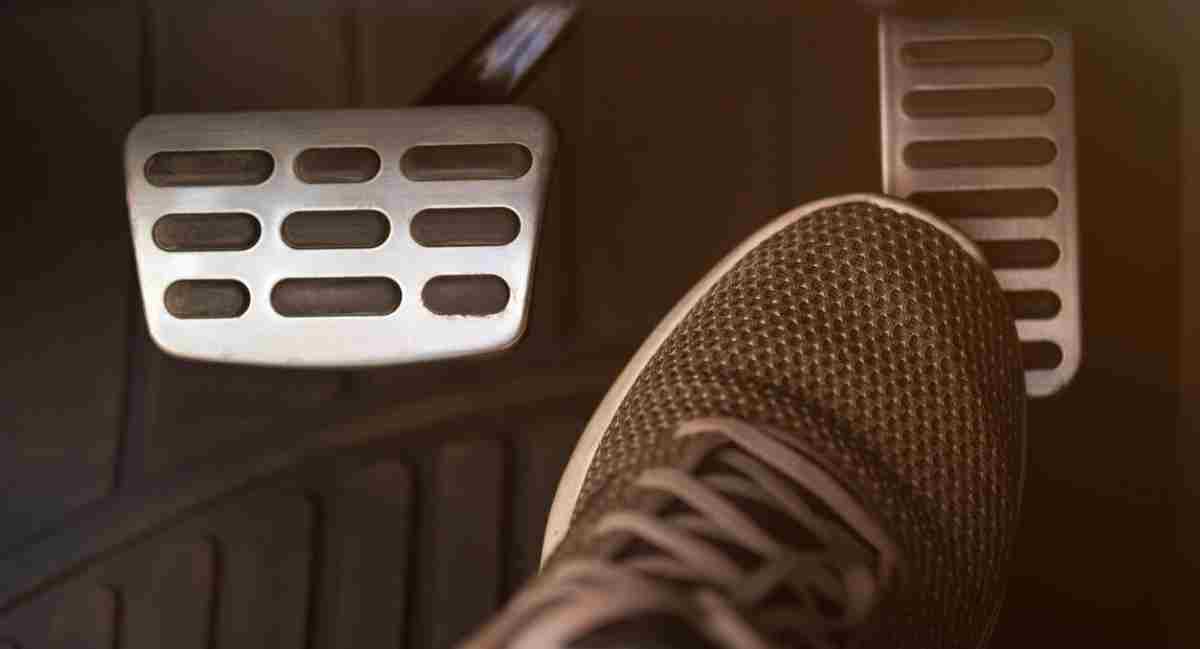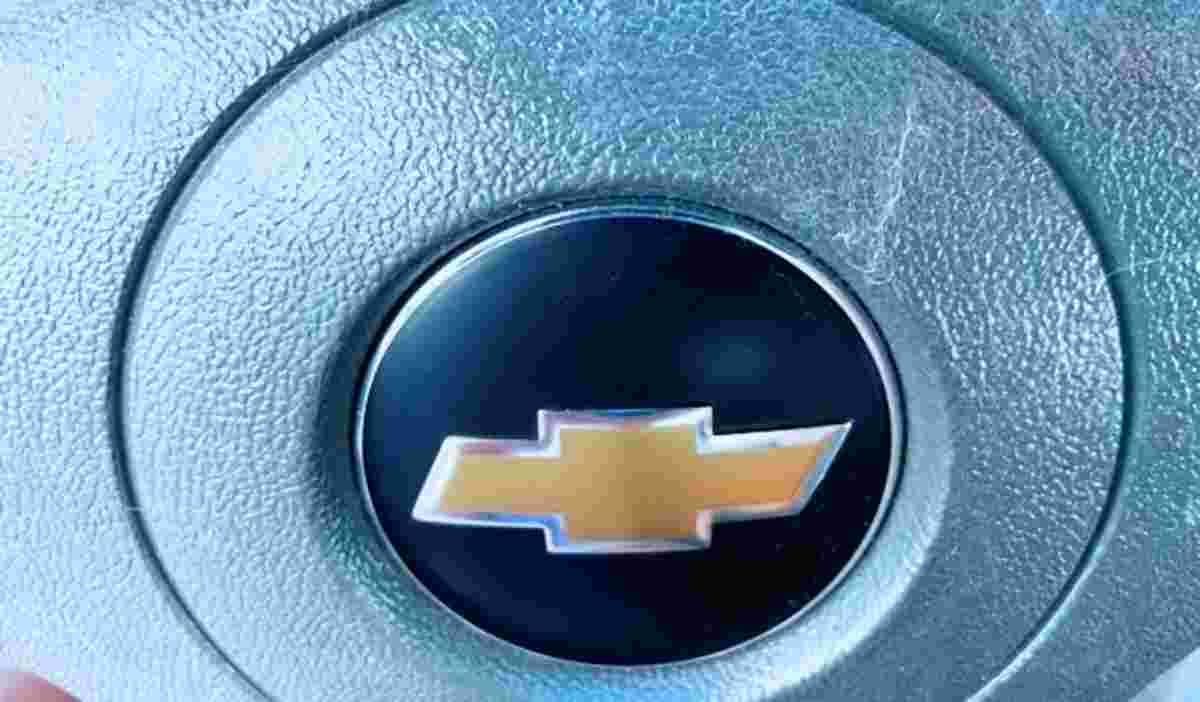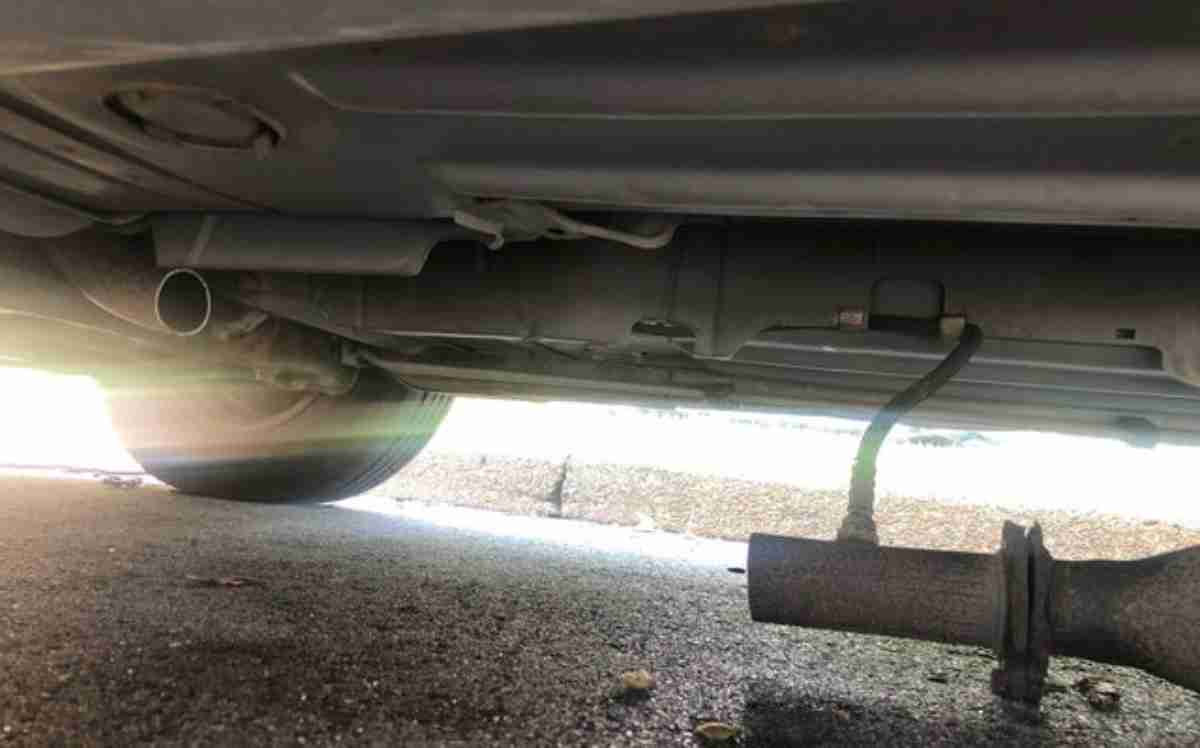Your car won’t accelerate when you push gas; what could be wrong? There are explanations for your car not accelerating when you push the gas, including low transmission fluid, valet mode, driving in high altitude area, obstructed brake pedal, failing throttle position sensor, engaged parking brake, worn clutch, and more.
These possible causes are highlighted and addressed in this publication. Of course, alongside the possible fixes to get your vehicle back to optimal acceleration performance.

Start with the proper step
The ideal first step is to inspect if the car check the engine light is turned on. If the check engine light is on, trouble codes have possibly been stored in the PCM of the car, indicating what the problem is.
However, you need an OBD-II scanner to pull the codes.
Have your car scanned for trouble codes by a professional mechanic if you do not have an OBD-II scanner to pull the codes. It makes the repair procedure clearer.
My car won’t accelerate when I push gas: causes and how to fix
This section explains the possible reasons your car won’t accelerate when you push the gas and how to fix it:
-
Low transmission fluid of failing transmission control module
Transmission fluid is responsible for lubricating and cooling the transmission on an automatic or a manual transmission vehicle.
Meanwhile, an automatic transmission also provides hydraulic pressure to help the transmission change gears.
As such, low transmission fluid or potentially faulty transmission control module (TCM) will stop your car from accelerating when you push gas. A failing transmission control module can result in an acceleration delay or erratic gear shifting.
The transmission control module comprises various sensors, including wheel speed sensors, vehicle speed sensors, turbine speed sensors, throttle position sensors, and transmission fluid temperature sensors.
The TCM also controls important components like a traction control system, a kick-down switch, and a cruise control module. These control the performance of the TCM and the vehicle transmission and the shifting.
Read also: engine won’t rev after car starts?
How to fix
It can be challenging to change the transmission fluid since the entire pan needs to be removed. Even cars with drain plugs require removing the pan to change the filter.
On manual cars, many automakers recommend changing transmission fluid every 30,000 to 60,000 miles while 60,000 to 100,000 miles are recommended on automatic cars.
Note that low transmission fluid is another reason a car will make rattle noise on acceleration.
-
Valet mode turned on
Valet mode allows you to limit the speed and functions of your car while it is driven by another person. This is important to stop people from pushing your car beyond certain limits.
Thus, if valet mode is enabled accidentally, your car will not accelerate when matching the gas or accelerator.
How to fix
If your luxurious car features valet mode, check to make sure it is not turned on. You may have to enter your password to disable the function.
-
High altitude area
The higher you go, the air tends to get thinner, which is the reason mountaineers pack oxygen when going up high mountains.
The internal combustion engine requires oxygen for energy production, so it can drop in performance when you drive high mountain passes.
You could lose up to 20% of the performance of the engine due to reduced oxygen per volume of air when reaching high altitudes.
How to fix
Usually, this is a temporary problem. The performance of your engine will return immediately after you come down to denser air.
-
Brake pedal obstructed
The brake pedal is responsible for the brake system of your vehicle. In an automatic vehicle, the brake pedal is on the left side, while on a manual car, it is in the middle.
Read also: how long to bleed brakes?
Pressing down this pedal will initiate the components of your braking system. If an object is stuck beneath the accelerator pedal, the car will not accelerate because you matched it less than halfway.
How to fix
Keeping the vehicle junk-free, including removing water bottles, and other containers will prevent them from getting stuck in the pedals.
-
Failing throttle position sensor
The throttle position sensor lets your engine maintain a proper air amount. This component depends on the throttle valve. Pressing down the gas pedal will open the unit valve of the throttle body. The throttle position sensor then adjusts the engine intake manifold.
The throttle position sensor in drive-by-wire vehicles tells the ECU how hard you intend to accelerate. It also translates the gas pedal position into a value understandable by the ECU.
A failing throttle position sensor will lag behind the instructions you give with the gas pedal. It will not correctly state the pressure you apply on the pedal, preventing the car from accelerating when you push the gas.
How to fix
You may have to reset the throttle position sensor by detaching the negative cable from the battery for up to 5 minutes. You could also remove the fuse for your engine control module. In extreme cases, you may have to replace the throttle position sensor to allow the vehicle to accelerate when you push gas.
-
Engaged parking brake
The parking brake holds an already stationary car and is typically operated by hand.
Read also: will bad alternator allow a jump-start?
If you drive with the parking brake, your vehicle will not accelerate when you match the accelerator. The performance will be hindered by low resistance, which affects the vehicle’s acceleration.
How to fix
Some modern cars will beep or display a warning light when the parking brake is partially engaged. However, this will not happen at all in a vehicle with an E brake.
Ensure that the manual emergency brake is fully released before you drive. This stops the acceleration problem and improves fuel economy.
-
Worn clutch
A clutch in a car is a mechanical device responsible for engaging and disengaging power transmission. This is the case, especially from a drive shaft to a driven shaft.
In essence, clutches connect and disconnect two rotating shafts – drive shafts or line shafts.
On a manual car, the clutch transmits power from the engine to the gearbox. When fully engaged, a clutch should form a perfect mesh.
If worn, the clutch will slip, losing friction. The slippage will take place when the clutch is driven along.
How to fix
If the clutch wears beyond repair, you would have to get a replacement. You can install a new clutch yourself but the procedure is relatively lengthy and complicated.
-
Damaged cold air intake
The cold air intake is responsible for the engine ingesting cold denser air rather than hot air milling around beneath the hood.
Most modern vehicles feature stock cold air intakes to aid improve fuel economy and emissions. If damaged, the cold air intake can stop the vehicle from accelerating when you press the gas.
How to fix
The air filter of your cold air intake can clog or get dirty, reducing the car’s ability to accelerate when pressing gas pedal. Ensure to clean or replace the dirty air filter.
If cracked or missing, a replacement is required to get the car to accelerate when you push down the gas.
-
Limp mode enabled
Limp mode is an engine and transmission security feature. The vehicle goes into limp mode when the engine or transmission control unit gets a faulty parameter from the engine or transmission.
The limp home mode typically lowers the power and RPM of the engine to allow you to drive the car to a workshop without causing damage to the engine.
Moreover, your car will go into limp mode with the help of the ECU and powertrain control module if a damaging problem is detected.
How to fix
Overheating engine, low transmission, a misfire, and oil levels are some of the reasons your vehicle will go into limp mode.
You need to resolve any of these detected problems to stop your car from not accelerating when you push gas.
-
Bad mass airflow sensor
The mass air flow (MAF) sensor is a component of the electronic fuel injection system of a car responsible for calculating total air amount entering the engine.
A failing MAF sensor will not correctly measure the amount of air flow. This results in poor drivability problems, including hesitation during acceleration, engine stalling, and jerking. Your car can even refuse to accelerate while speeding on the highway on-ramp or cruising.
How to fix
The solution is to have the MAF sensor replaced.
-
Clogged air filter
The air filter is made of fibrous or porous materials to remove solid particulates, including pollen, dust, bacteria, and mold from the air.
Airflow can be limited by clogged air filters. The engine gets to suck less air, getting less oxygen during the combustion cycle, which means reduced power.
How to fix
The solution is to change the air filters. Frequently driving on country roads with a lot of dust and bugs will cause the air filter to clog and block.
-
Vacuum leak
The difference in air pressure between the interior of the intake manifold and the outside atmosphere is the vacuum. This difference in pressure creates suction, helping to draw air into the engine.
Engine vacuum is also necessary to run a gasoline engine.
As such, a vacuum leak throws off fuel trims, causing the potency of each combustion cycle.
How to fix
The solution is to find and fix vacuum leaks to improve fuel efficiency and also get the vehicle to accelerate when you push gas.
Final thoughts
Although you can fix some of the problems yourself, it is advisable to have a professional mechanic handle the more technical problems. Your car also needs to be properly diagnosed to tell the exact problem to get it to accelerate again.

![Car Shakes When Idle and Accelerating [Cause and Solution] Car Shakes When Idle and Accelerating [Cause and Solution]](https://sanedriver.org/wp-content/uploads/2022/11/PicsArt_11-08-05.55.05.jpg)
